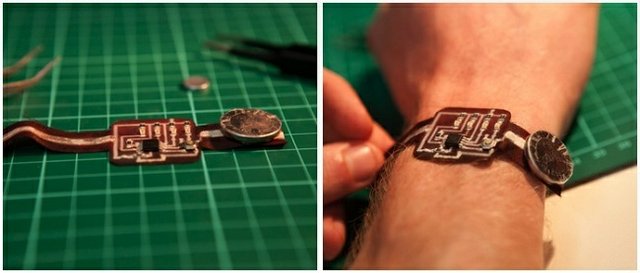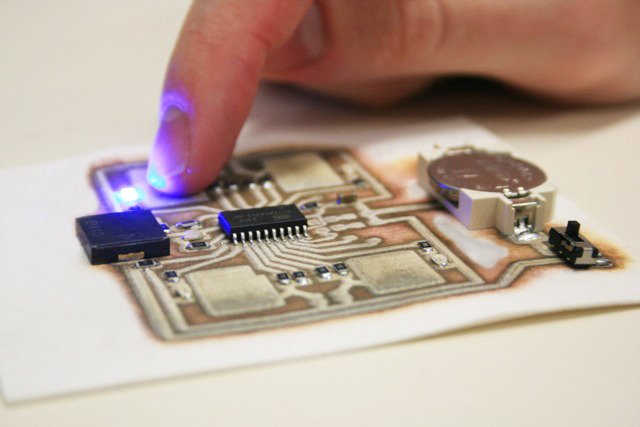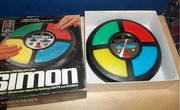FASHION INNOVATION
Wearable Tech Right from the Printer
Imagine being able to “print” an electronic circuit right on an article of clothing or an accessories. Now, remove the quote marks from the word “print” and imagine printing your circuit right on your shirt. Or your jacket. Or anything else that fits in your printer.
Researchers at the Technical Institute of Physics and Chemistry in Beijing recently developed a way to inkjet-print electronic circuits on “a wide range of materials…[including] paper, plastic, glass, rubber, cotton cloth and even an ordinary leaf.”
That’s the word from Technology Review, which explains the process in which an inkjet printer is filled with liquid metal. An oxidization process helps the liquid metal stick to the material. Et voila! Wearable technology!
The Technology Review story outlines a few fantasy applications: printing RFID circuits on plastic or paper packaging, print circuits in magazines or on T-shirts, creating wallpaper with LED arrays, or printing transparent circuits on glass.
Sounds fantastic, right? Wait! It’s closer to reality than you think.
Cartesian Co., an engineering studio based in Brisbane, Australia, has developed the EX1, another inkjet printer that prints electronic circuits on “plastic (many types), glass, wood, ceramic, silicone and even fabric and paper. In fact, it is possible to print on most surfaces. If that's not enough, we are developing coatings that can allow virtually any surface to be printed on.”
Check out this binary watch Cartesian printed on a poly/spandex fabric.
Or this touch-sensitive “Simon Says” game printed on paper.
(Not to be confused with the ‘70s Simon game, which you can buy on eBay, and would require some retrofitting before wearing.)
The EX1 has a print area of 6.9” x 3.2”. The printer is “roughly the same size as your Canon or Epson printer at home,” Cartesian says, adding that it’s not only portable it is “perfect to take to work or your local hackerspace.” Like you do.
Cartesian launched the EX1 on Kickstarter and, within a week, far exceeded its goal. Nearly 250 people have already contributed $126,766 to the campaign and there are still 20 days to go.
Contributors of $39 or more will get a Cartesian T-shirt in one of these two “reinventing the wheel” designs.
A donation of $149 or more will get you a “Macgyver kit,” a “parts library” that will allow you to make your own binary watch or Simon Says game (plus a whole lot more) at home.
Twenty people already contributed $1,199 or more for the early bird special, which gets them first dibs on the printers once they go into production. There’s still an opportunity (for a pledge of $1499 or more) to get your hands on the second production run of the EX1. Plus, there are more goodies at even higher rates.
Just like the 3D printer, this technology promises to inspire a lot of innovation, especially for fashion and accessories. To get the innovation ball rolling, I’ve put together a little slideshow of wearable tech, some silly, some sublime and some purely fictitious. Enjoy!



























